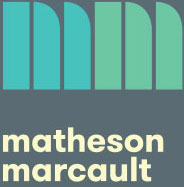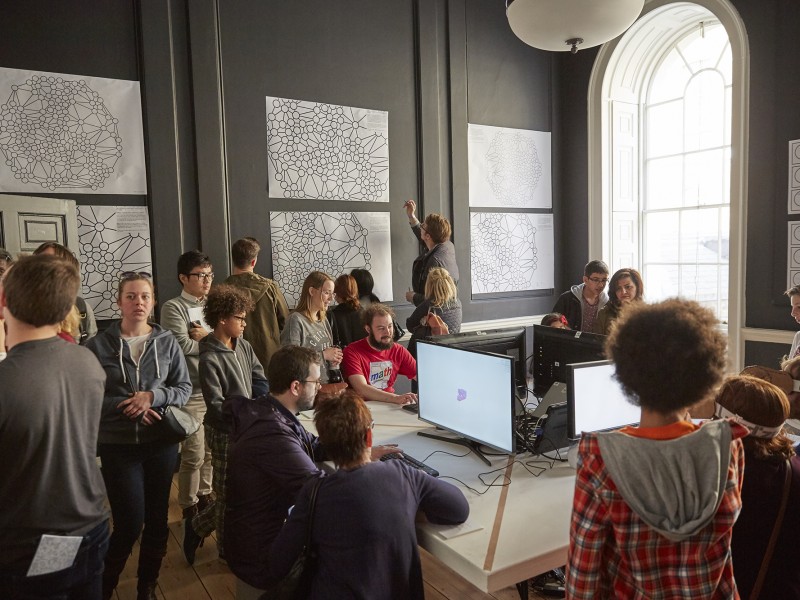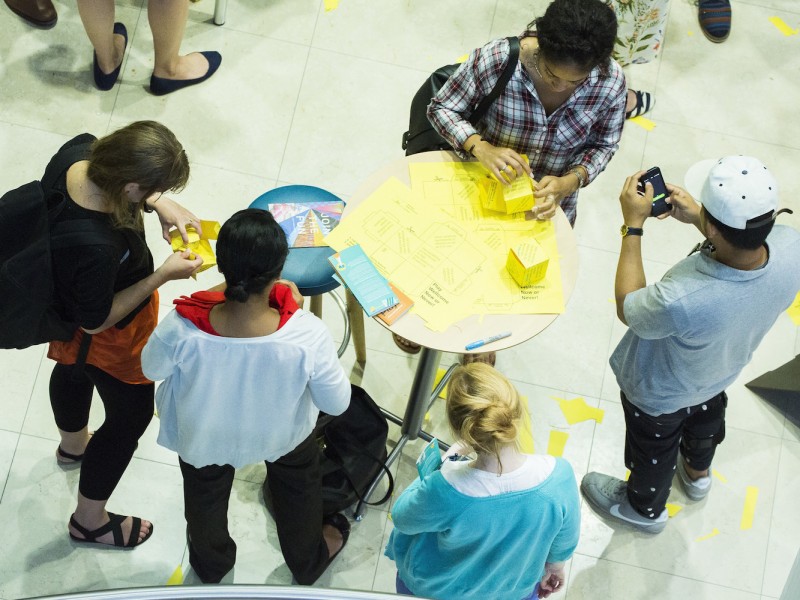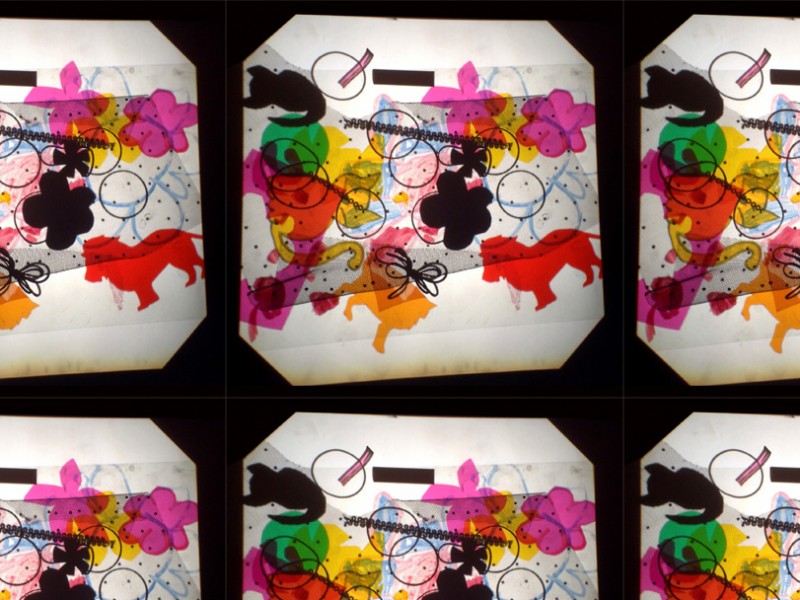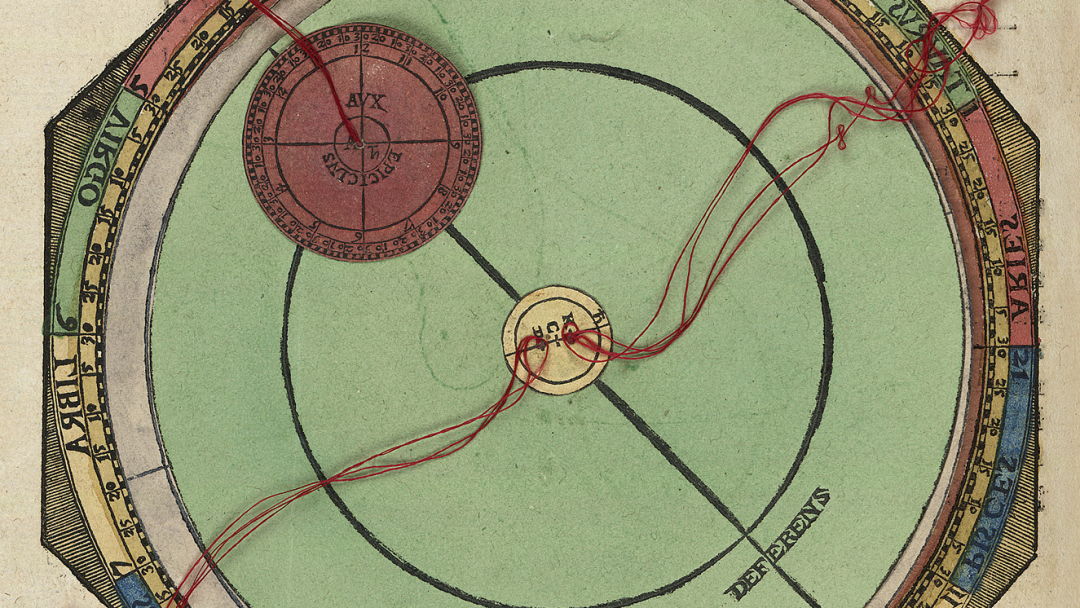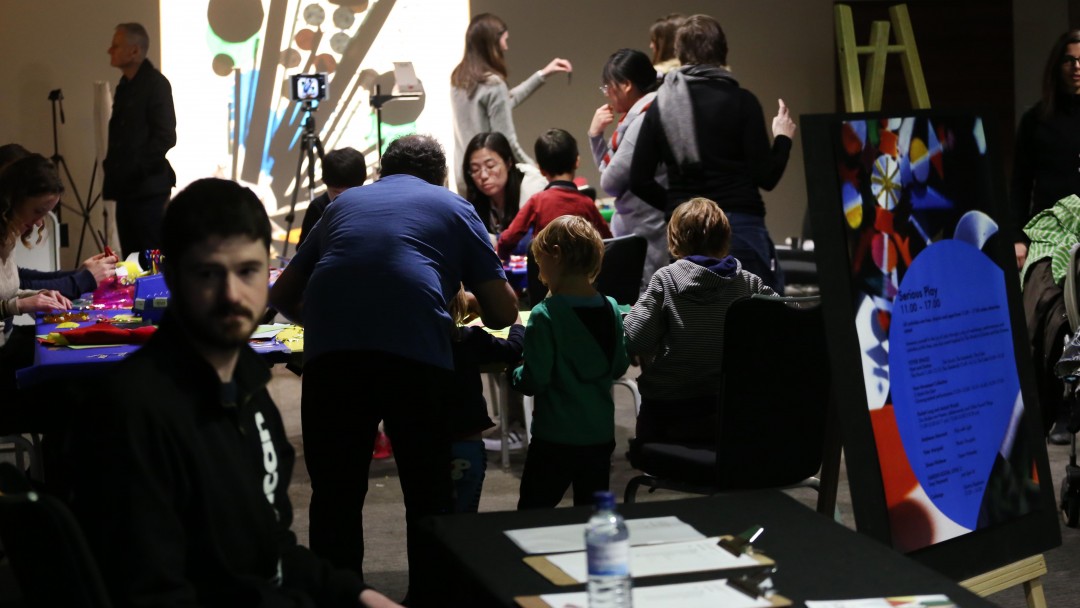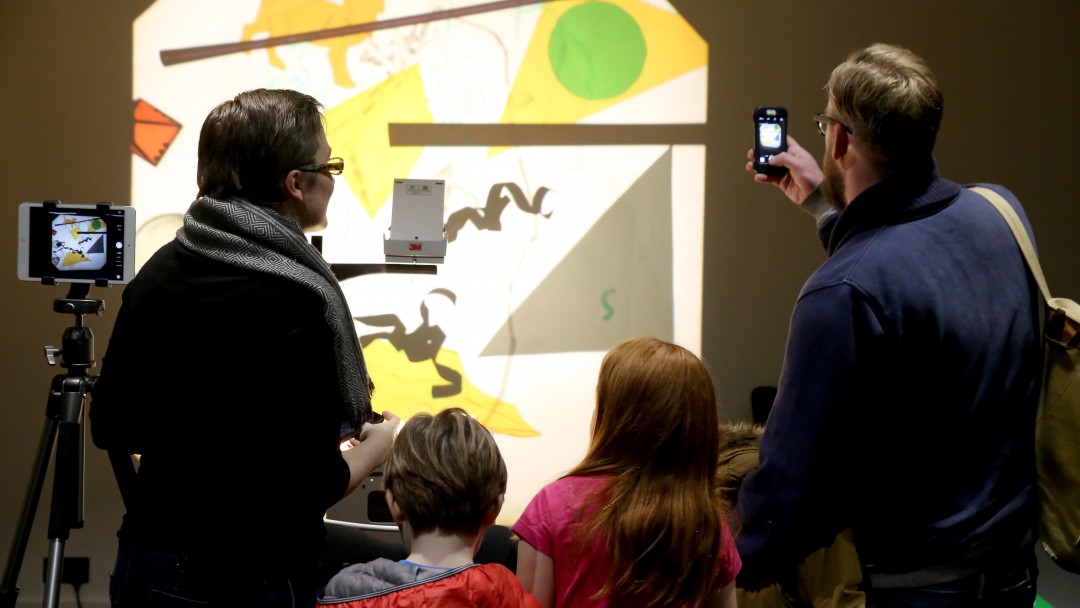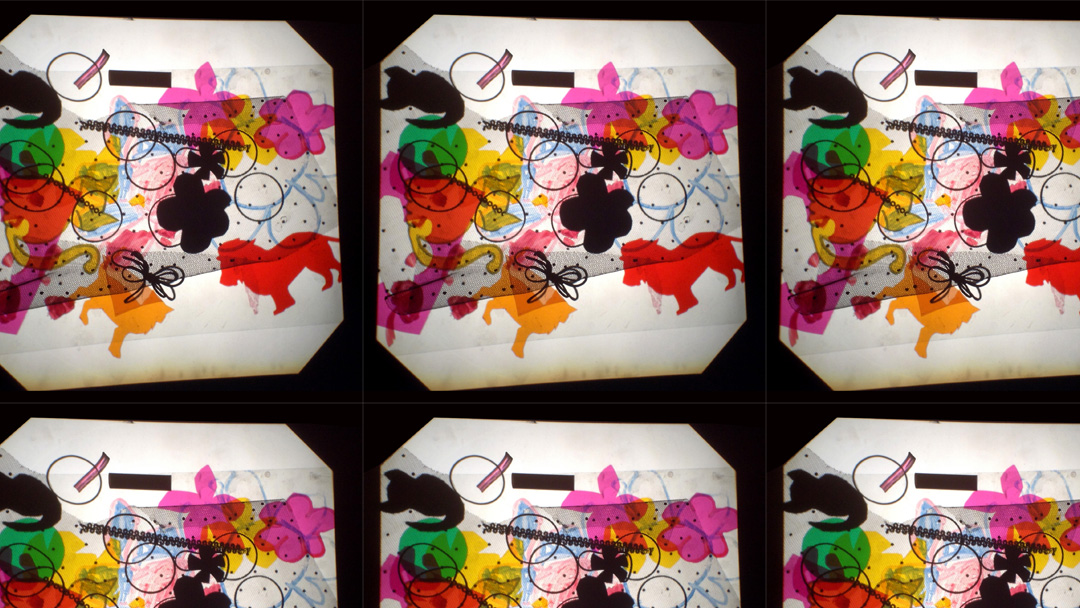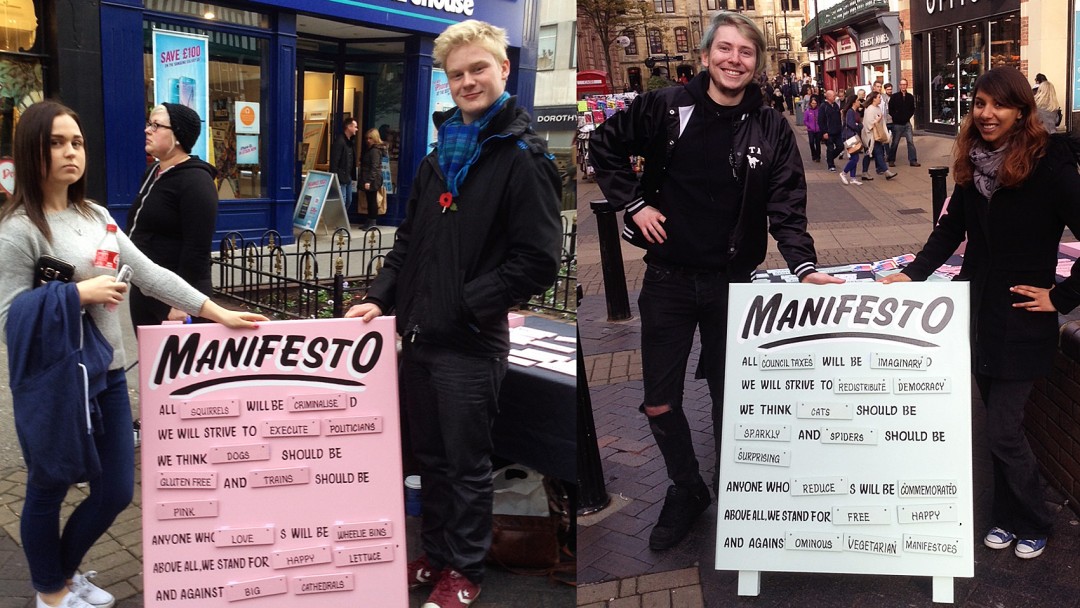Over the last couple of weeks I’ve seen a lot of people write interestingly about computer-generated text – partly as a result of National Novel Generation Month, which ran through November and prompted some really lovely generated texts.
And as I read, I started wondering about the history of text generation. Not the twentieth century stuff, the Dadaists and William Burroughs and all the later work that happened once computers came into the picture. The old stuff, from the nineteenth century and before. “This won’t take long,” I thought. “There can’t have been much going on.”
So hey, I was up till 3 last night reading and guess what: it turns out I was really really wrong. There’s been a ton of text generation going on over the past thousand years, and it’s fascinating stuff. Most of it comes from writers who really feel like they’d be making deeply confusing experimental games if only they hadn’t died back in the 1680s.
